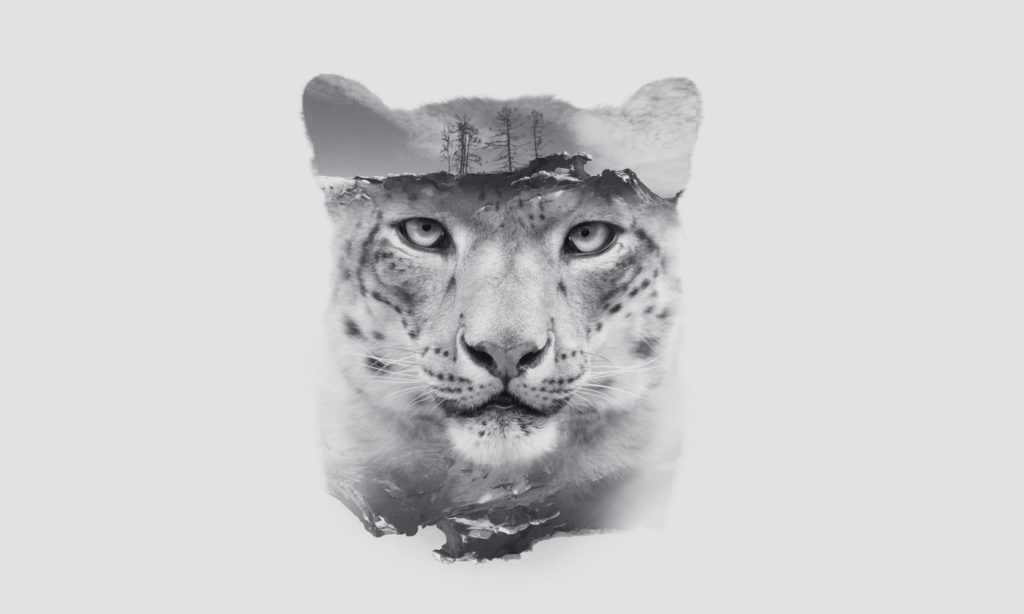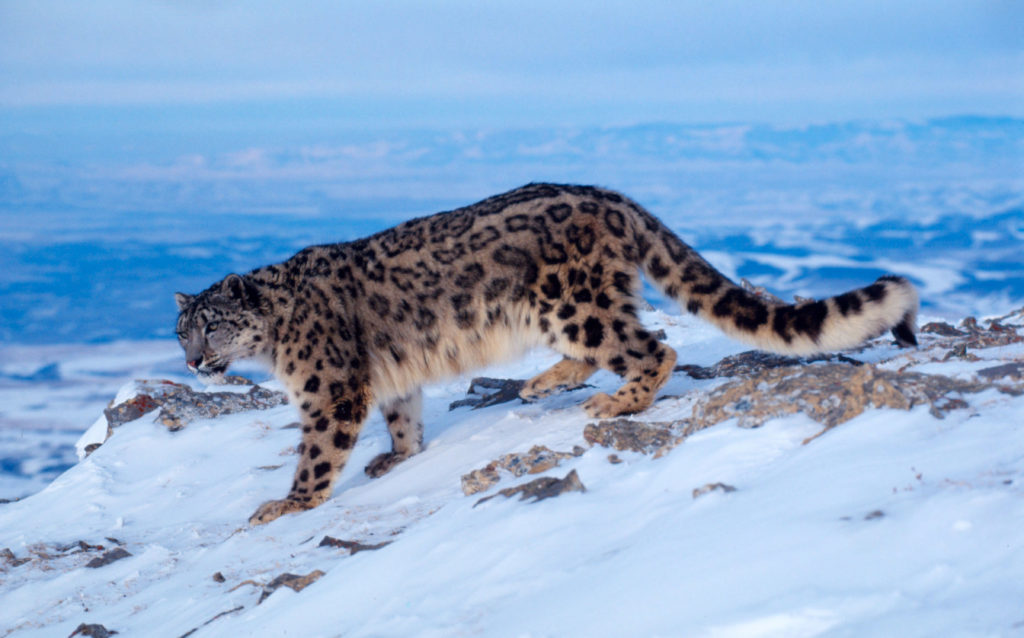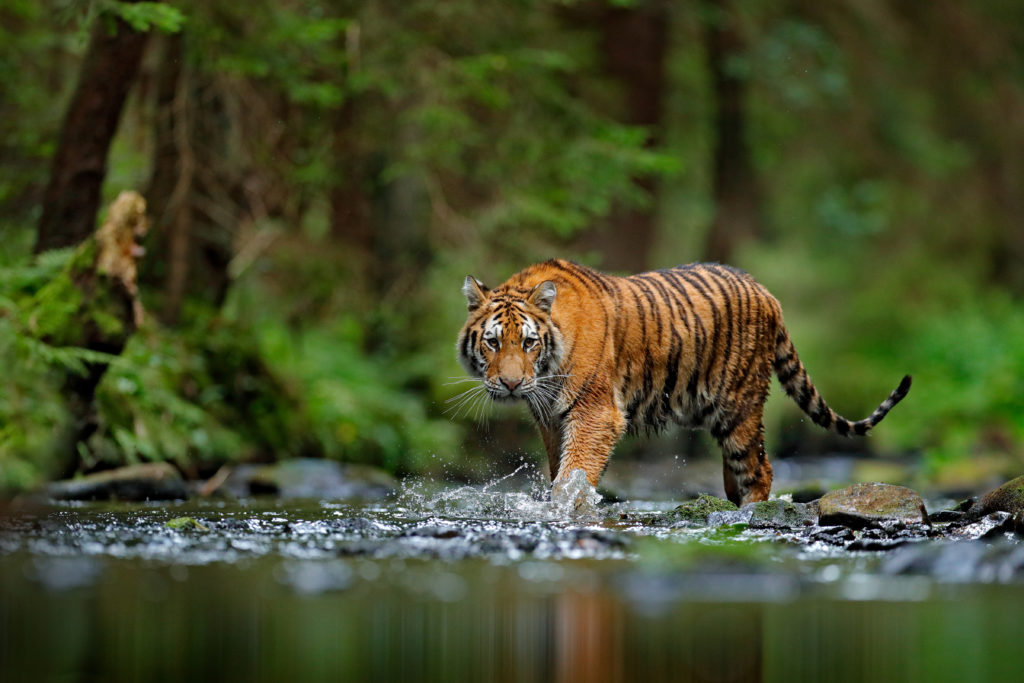Six reasons why the world needs to protect big cats
Asian big cats like tigers and snow leopards are some of the world’s most recognizable animals. But while they may be omnipresent across our cultural landscape, their actual existence in the wild is threatened.
Securing a future for tigers and snow leopards is about so much more than just saving an iconic species. When big cats are thriving in the wild, it’s an indicator that their ecosystems are also thriving. In other words, what’s good for big cats is also good for other wildlife, people, and our planet.

Here’s a look at six benefits that come hand-in-hand with protecting tigers, snow leopards and their habitats.
Big cats keep ecosystems in balance
The loss of an apex predator like big cats can set off something called a “trophic cascade,” in which the disrupted food chain sends the ecosystem spiraling out of control. Without predators, for example, prey populations may explode, overgrazing and degrading the health of the landscape. This can lead to intensifying wildfires, disease and a host of other ecological challenges. While the true effects of a lost predator can’t be predicted — or even necessarily known for years afterward — preserving the balance of our ecosystems is another benefit of protecting big cats.
Countless other species share their habitat
More than 30 per cent of Asian elephant populations live within tiger landscapes, including in Bhutan, India, Indonesia, Malaysia, Myanmar, Nepal and Thailand. And all Sumatran rhinos and Sumatran orangutans — both critically endangered — live within the tiger’s range. The Teria Arc Landscape in Nepal and India, where WWF-Canada focuses our work, is actually one of the last places where tigers, rhinos and elephants all roam together.
Snow leopards share their mountain home with threatened Tibetan Gazelle, Argali and Chiru. So, when we invest in protecting big cat habitats, we are also helping save many other species.

Big cat habitat is a source of water for hundreds of millions of people
Protecting the places big cats roam also means protecting water sources for hundreds of millions of people. The rivers that flow down from the snow leopards’ mountain habitat are known as the water towers of Asia because an estimated 330 million people directly depend on them. Likewise, tiger habitats overlap with nine of Asia’s most important watersheds, which supply water to as many as 830 million people.
Protecting tiger habitats fights climate change
Protecting tiger habitat means protecting forests that give us the air we breathe and soak up carbon dioxide from the atmosphere, helping to mitigate climate change. In fact, forest landscapes safeguarded for tigers store more carbon than other forests in Asia. For example, forests protected for Amur tigers in Russia’s far east can absorb 130,000 tonnes of carbon per year, the equivalent of more than 25,000 cars.

Big cat conservation supports economies
Big cats provide economic opportunities for the people who live alongside them. A single well-known tigress in Ranthambore Tiger Reserve, India, was responsible for revenues of over US $103 million in the first decade of her life through park fees, lodging, taxes and services fees. She also effectively employed over 3,000 local people according to Travel Operators for Tigers. And her offspring continue her legacy today.
Without big cats, the people who rely on tourism would lose their livelihoods, something we are already seeing as a result of COVID-19. Tiger conservation projects, like those funded by WWF, benefit local people and nature by providing alternative sources of income like starting tourist homestays, dairy enterprises, and fruit and vegetable farming.
Without big cats, we’d lose a cultural icon
The cultural significance of big cats can be seen in faiths and folktales around the world and is an integral part of Indigenous belief and knowledge systems across their range countries. Protecting their landscapes, when done with sensitivity, contributes greatly to preserving endangered cultures and well-being of Indigenous communities.
A world without big cats is not an option. You can help protect the heart and soul of ecosystems with a matched gift. Donate by May 4 to make twice the impact for big cat conservation.



